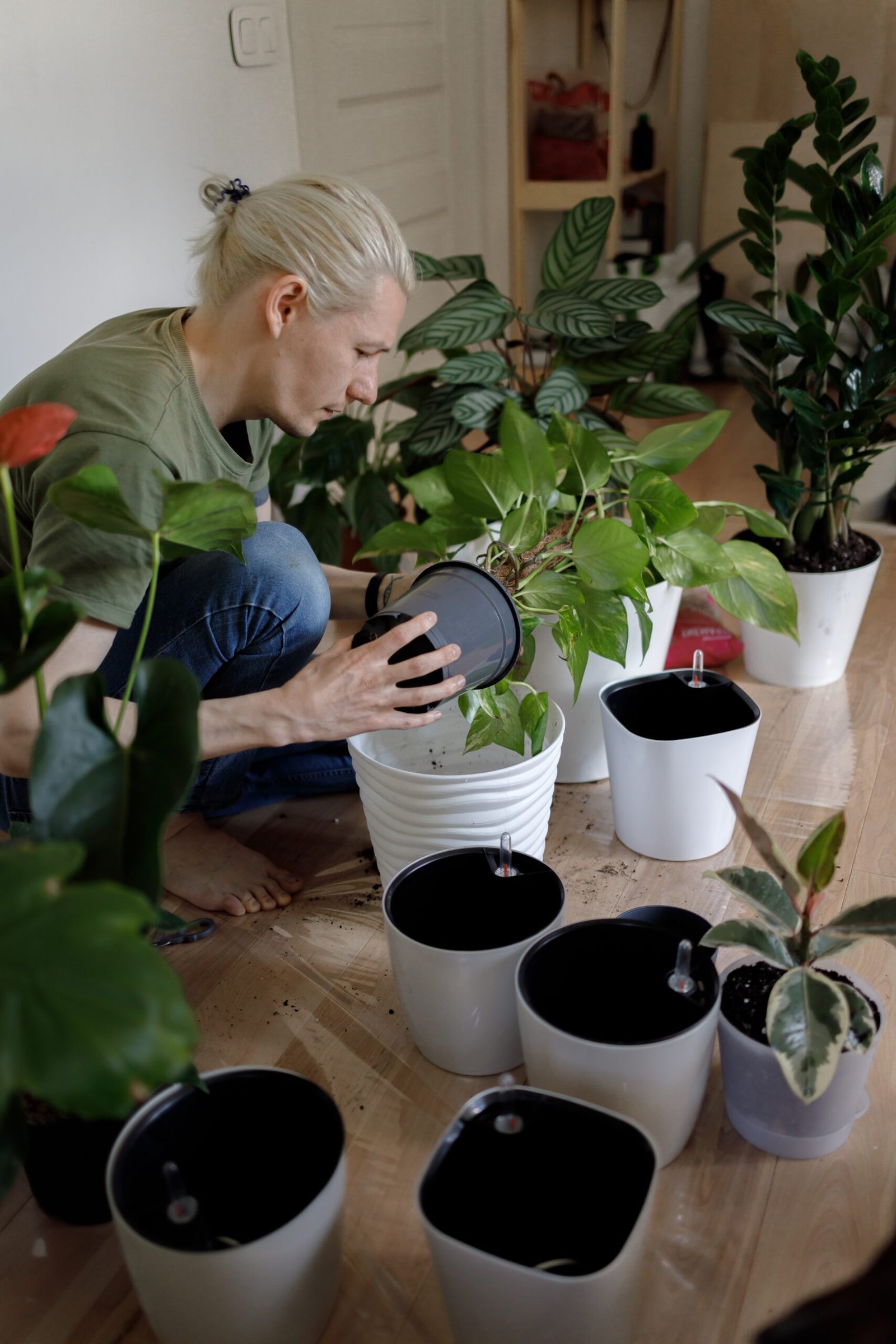Section 1: Understanding Plant Care Basics
Plant care is essential for the growth and well-being of your beloved plants. Whether you’re a seasoned gardener or a beginner, it’s important to understand the basics of plant care. This section will provide you with the fundamental knowledge you need to ensure your plants thrive.
First and foremost, it’s crucial to choose the right plants for your specific environment. Consider factors such as sunlight exposure, temperature, and humidity levels. Different plants have varying needs, so selecting the right ones will set the stage for success.
Watering
Watering is a critical aspect of plant care. Most plants require a balance of moisture and proper drainage. Overwatering can lead to root rot, while underwatering can cause wilting and stunted growth. Pay attention to the moisture needs of your plants and water them accordingly.
Additionally, be mindful of the type of water you use. Some plants may be sensitive to chemicals in tap water, so using filtered or distilled water is often recommended.
Fertilizing
Fertilizing is essential to provide plants with the necessary nutrients for healthy growth. There are various types of fertilizers available, including organic and synthetic options. Research the specific needs of your plants to determine the best fertilizer for them, and follow the recommended dosage instructions.
It’s important to note that overfertilizing can be harmful to plants, so always follow guidelines and avoid excessive use.
Section 2: Tips for Successful Plant Care
Pruning
Pruning is an essential practice for maintaining the health and appearance of your plants. Regularly removing dead or damaged leaves, stems, and branches not only keeps your plants looking tidy but also promotes new growth.
When pruning, make clean cuts just above a leaf node or bud to encourage healthy regrowth. However, be cautious not to over-prune, as this can weaken the plant.
Proper Lighting
Light is a crucial factor in plant growth. Different plants have varying light requirements, with some thriving in direct sunlight and others preferring filtered or indirect light. Understanding the lighting needs of your plants will help you position them in the right spots within your home or garden.
Keep in mind that plants may need to be rotated periodically to ensure all sides receive adequate light. If natural light is limited, consider using supplemental grow lights to provide the necessary light spectrum.
Section 3: The Fascinating World of Botany
Botanical Classification
Botany, the study of plants, is a vast and fascinating field. One aspect of botany is the classification of plants into various categories based on their characteristics. Understanding these classifications can deepen your appreciation for the diversity of the plant kingdom.
Plants are classified into different groups, such as flowering plants (angiosperms) and non-flowering plants (gymnosperms). Within these groups, there are further classifications based on features like leaf structure, flower arrangement, and reproductive methods.
Photosynthesis
Photosynthesis is a process that is essential for plant survival. It involves the conversion of sunlight, carbon dioxide, and water into glucose (energy) and oxygen. This remarkable process occurs within the chloroplasts of plant cells and is responsible for their green color.
Understanding the basics of photosynthesis can help you appreciate the vital role plants play in our ecosystem, as they not only provide oxygen but also serve as a primary food source for many organisms.
Related Posts
- The Secret to Thriving Plants: The Power of Proper Watering
- Blue Pothos Plant Care: How to Grow and Nurture Your Indoor Oasis
- 7 Essential Tips for Hydroponic Potato Growing Techniques
- Plant Guide: A Comprehensive Review and Care Tips for Optimal Botanical Success
- Unleash the Secrets of Plant Care: A Beginner’s Guide
